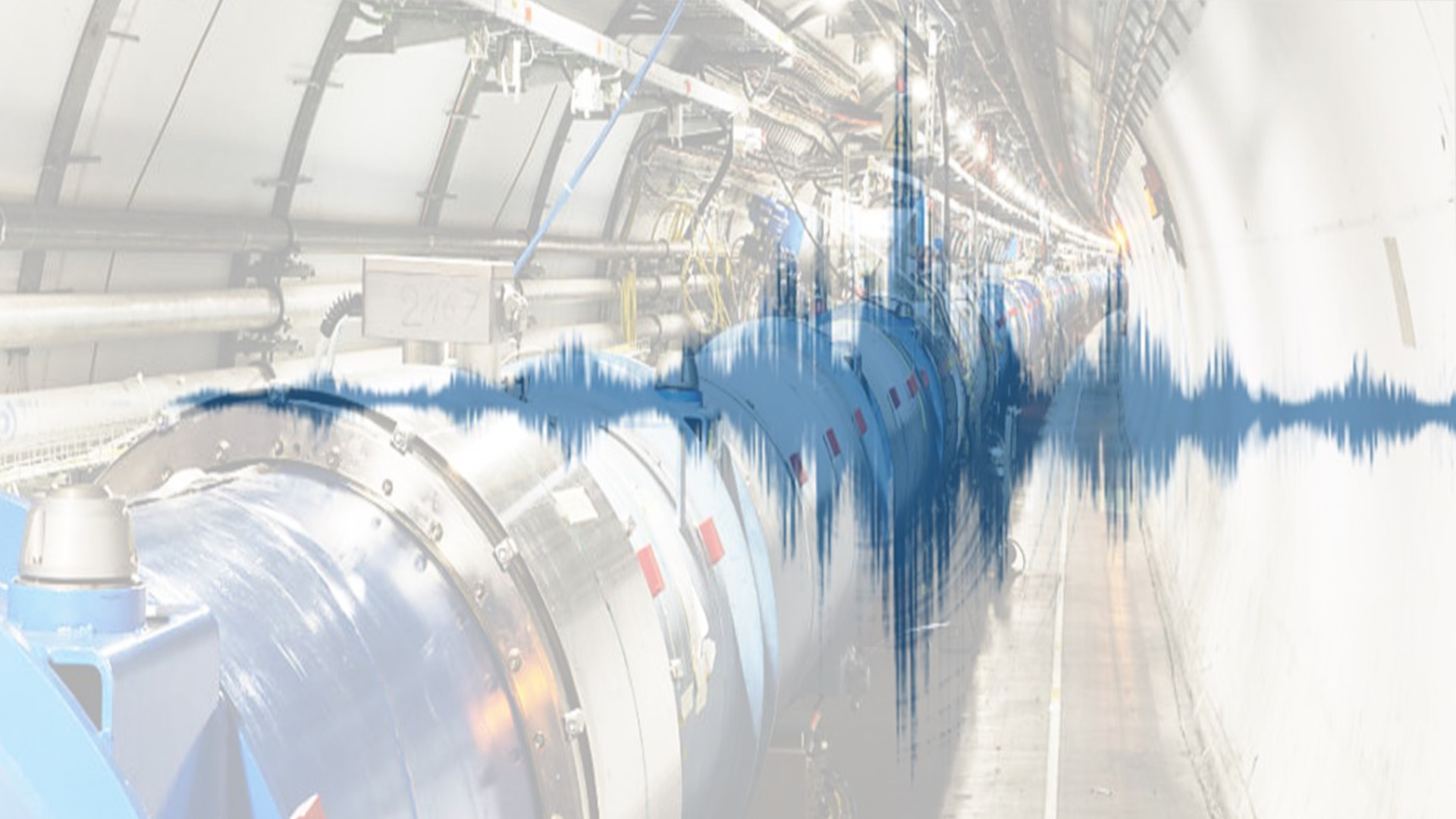The earthquake activity is not distributed evenly but Valais is the region with the highest hazard, followed by Basel and Geneva, according to the Swiss Seismological Service (SED).
The SED is the federal agency for earthquakes. Its activities are integrated in the federal action plan for earthquake mitigation. But the currents regulations cover ordinary buildings, not complex research facilities like CERN ones. Shielding blocks configurations are not coded neither in the European norms (Eurocode 8), nor in the Swiss ones (SIA).
This is the reason why an ad-hoc methodology to predict the seismic behavior had to be developed, to cope with the needs of each involved department to assess the related seismic safety. The methodology had to be compatible with the criteria of the seismic safety regulations of the host states (CH, FR), with the main objective of calibrating structural models drawn up with LMGC90 software.
Since 2021, CERN has been running dynamic seismic analysis on concrete blocks, which are used to shield people from radiations, in order to be able to predict the mechanical behaviour of this type of structures.
This project is being driven by Luca Sironi (SCE-SAM-TG) together with Marco Andreini (HSE-OHS-IB), BE department and other renowned institutes such as the University of Montpellier, EPFL (Lausanne) and EUCENTRE (Pavia-Italy), to develop an efficient tool and methodology to assess seismic risks on specific structures.
The Seismic Safety Project is now in its second phase of development. After having calibrated the open-source software LMGC90 during 2021 with the experiment results collected in 2019 at EUCENTRE (Pavia-Italy), CERN is now defining a seismic safety assessment methodology based on incremental dynamic analysis, to be able at the beginning of 2023 to run this analysis on real blocks configurations as a routine activity.

